The massive wooden Michigan barns were once prevalent in the Upper Thumb. Most of the barns in Michigan’s Upper Thumb were built after the great fires of 1871 and 1881. Unless they were diligently maintained, they are slowly rotting away. Today’s steel pole barns can be quickly put up and don’t require the massive beams taken from Michigan’s old-growth forests.
In the early 1990s, photographer and artist duo Sue and Don Hardy traveled across the Thumb, capturing images of life, culture, and architecture of the region. Here is a small sample of that collection.





Michigan Barn Styles
As old-growth forests were cleared it left large swathes of open fertile land. The Great Fires of 1871 and 1881 further opened the Upper Thumb by removing the slash debris left from the lumber era. With the availability of cheaper sawn lumber in the late 1800s, most Michigan barns were of braced frame construction. This technique allowed for larger and more versatile construction. Air could circulate through the splits between the boards to keep feed hay and straw dry. Large doors provided access and light. Small barns could be attached horizontally, with shed-roof additions on the sides and back.
The entrance and utility of several floors were added if the barn could be located on a hillside. A fieldstone foundation and top floor hayloft expanded the functionality of the barn. Large entrances at both ends or the middle of the barn gave good cross-ventilation. Farm equipment and teams could drive right through. An additional set of top portal openings over the door became a popular method of letting in more light.
Sadly there are many abandoned barns in Michigan. Photographers have been capturing their decay as another form of Urban Ruin Art however the canvas is rural Michigan.

Why Are Barns Painted Red
Colonial farmers didn’t paint their barns at all. By the late 1700s, barns were a costly investment and farmers invoked a bit of Yankee ingenuity to protect their raw wood barns from the elements. It was a practical and functional necessity to protect the most functional building on the farm.
Homemade paint was a combination of raw skimmed milk, lime, and red iron oxide earth pigments. Of course, the iron oxide gave the mixture a red tint. This mixture created a flexible coating that hardened quickly and lasted for years. Later on, linseed oil was consequently added to the ingredients to provide a coating and oil that would be absorbed by the wood.
The iron oxide in the paint mixture protected the wood from mold and moss which tends to break down wood. The functional coating is produced in a deep red color. The color also had the effect of heat absorption in the winter months to keep livestock warm. The American “barn red” was truly a case of form following function.
The Barn Art Project
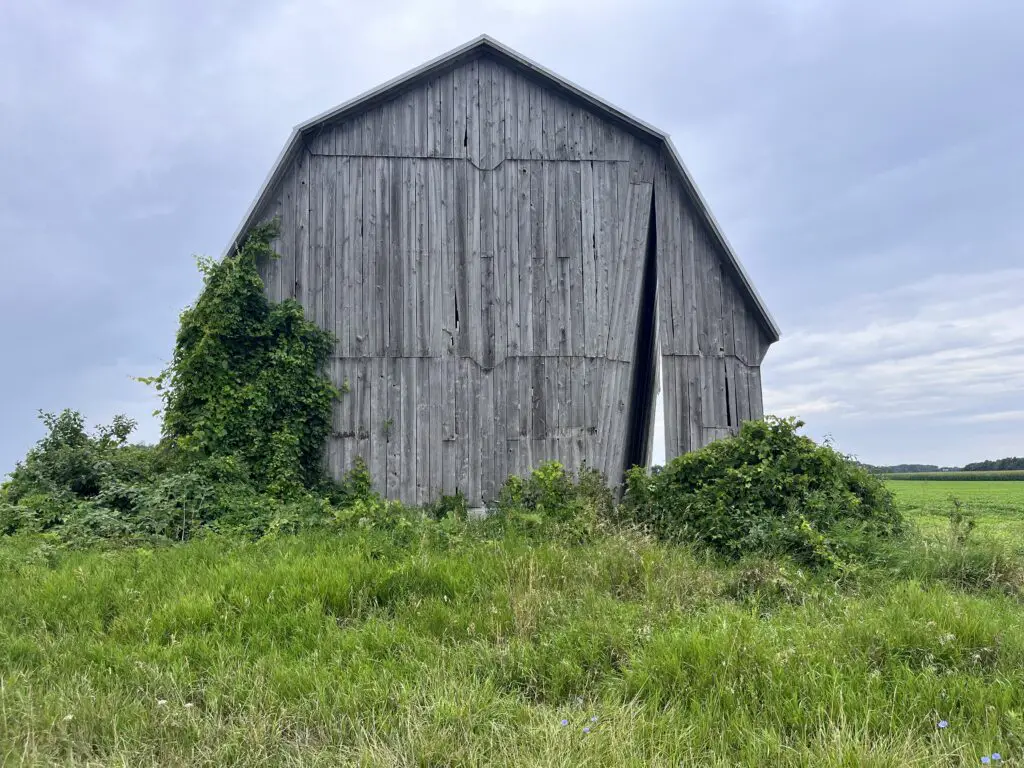
The Barn Art Project near Port Austin, Michigan, is a captivating and evolving conceptual art initiative that transforms rural barns into extraordinary works of art. Currently featuring five completed installations, the project invites visitors to experience art in the context of the region’s agricultural heritage. While the barns are on private property, the roadside views allow for safe and respectful appreciation.
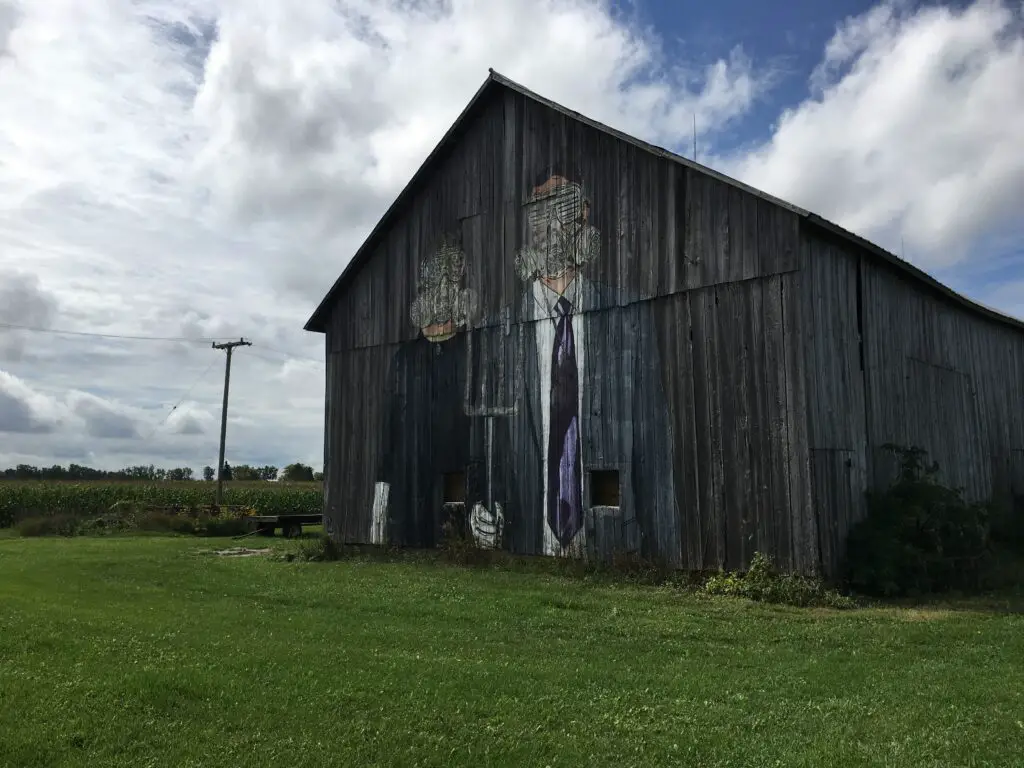
Visitors are reminded to stay off private land for safety and to respect property owners. These installations span various artistic expressions, from thought-provoking murals to reimagined architectural sculptures, each adding a unique narrative to the landscape.
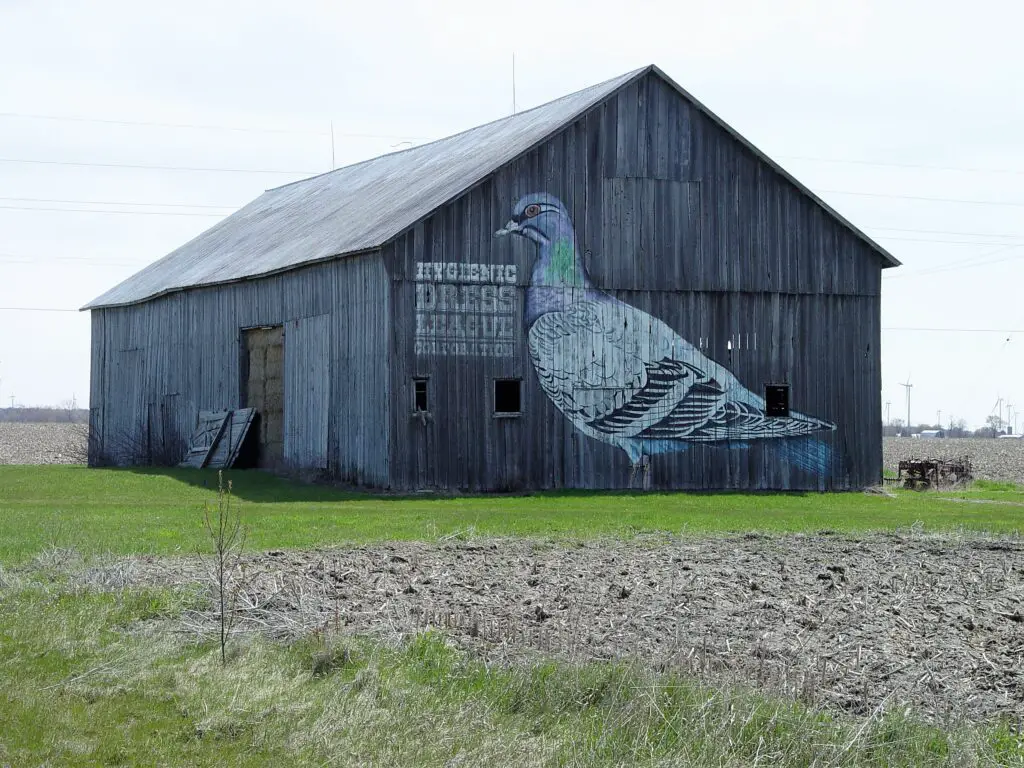
Among the standout pieces is “Walden” and “American Gothic,” a dual mural installation by Hygienic Dress League (HDL) on a 50-foot-tall barn at 52 Stoddard Rd. These murals feature a modern reinterpretation of classic imagery, such as a gas-masked couple parodying Grant Wood’s iconic painting.

Other highlights include Scott Hocking’s “Emergency Ark,” a striking free-standing sculpture that reimagines a deteriorating 1890s barn, and Catie Newell’s “Secret Sky,” which uses architectural techniques to open the barn to the sky above. The most recent addition, Bakpak Durden’s “Confronting Loneliness,” juxtaposes vultures and fire against a serene backdrop inspired by local poetry. Additionally, “The Deity,” situated near Bird Creek Farm Restaurant, evokes mythology with its therianthropic imagery, blending the rural setting with a sense of ancient mysticism. These installations create a dynamic interplay of art, nature, and culture in Michigan’s Thumb region.
Michigan Barn Research Sources and Reading
The Old Farmers Almanac is a great resource to look at when you’re researching how things were. Published in 1792, The Almanac is North America’s oldest continuously published periodical.
With a goal to artistically modify 10 barns in 10 years, the Greater Port Austin Art and Placemaking Fund has accomplished the 7 of the 10 Michigan barns in the Thumb. See what the artistic work or an old or abandoned Michigan barn at, Port Austin – Home of Barn Art and the Emergency Ark
Find Treasure at Port Austin Farmers Market – A beautiful Saturday morning at the Port Austin Farmers Market. One of the largest farmers’ markets outside of Detroit. It’s pure fun. Great produce, unique crafts and artisans, and fun shopping among many vendors. The local music is top-notch—what a wonderful way to spend a Saturday morning.
15 of the Best Attractions in Michigan Thumb – With over 90 miles of shoreline, Michigan’s Thumb offers some of the top Michigan tourist attractions. There is always something to do or see near the tip of the Thumb. Most of these attractions and sites are free to access. A full day of fun can be had just finding and exploring things to do in Michigan’s Upper Thumb. Taking a scenic drive along M-25 is all you need to do to start.


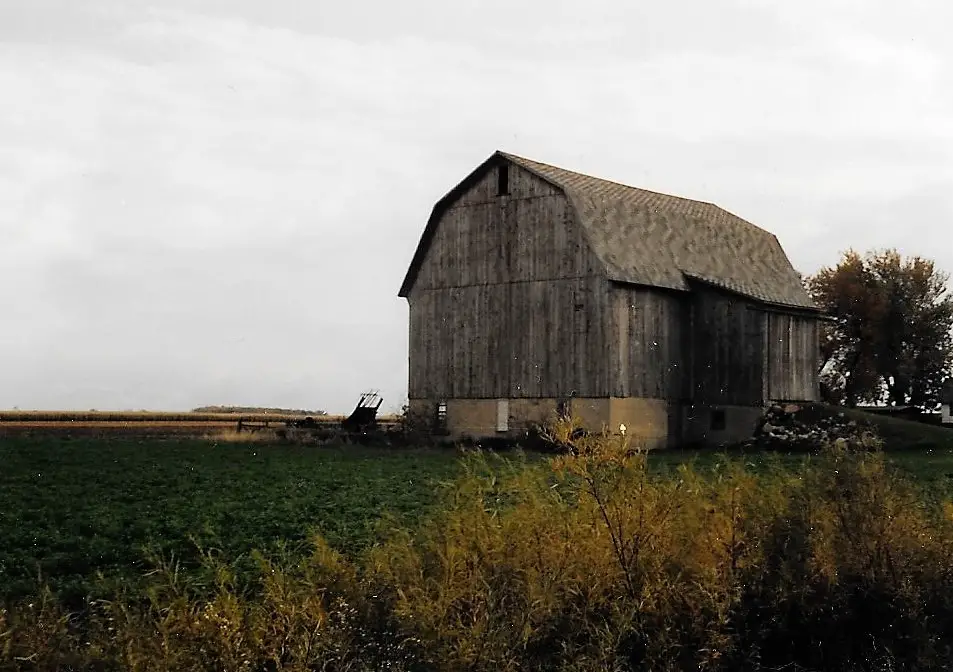

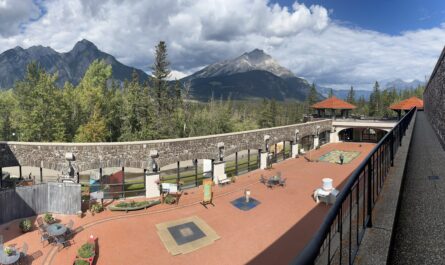


Very nice collection of vintage wooden barns!
I didn’t know this about the red paint. Great post on the history of our barns!
Great article Mike. The content make-up of the barn paint was fascinating. I was a city kid (Detroit), but I periodically got to have fun in my Uncle John Chinoski’s barn in Parisville………charles chase
What a wonderful selection of photos. I have never thought about such a deep history of these barns, and even more – I’ve never thought why some of them, that I once met, were painted red. I must note the incredible ingenuity of our ancestors. The way to protect the barns with the help of paint and the technology of its preparation really impressed me a lot! Many thanks to the author of the article, as well as to this wonderful duet of the artist and photographer who put together such an incredible selection of photos! How masterfully these pics were taken!